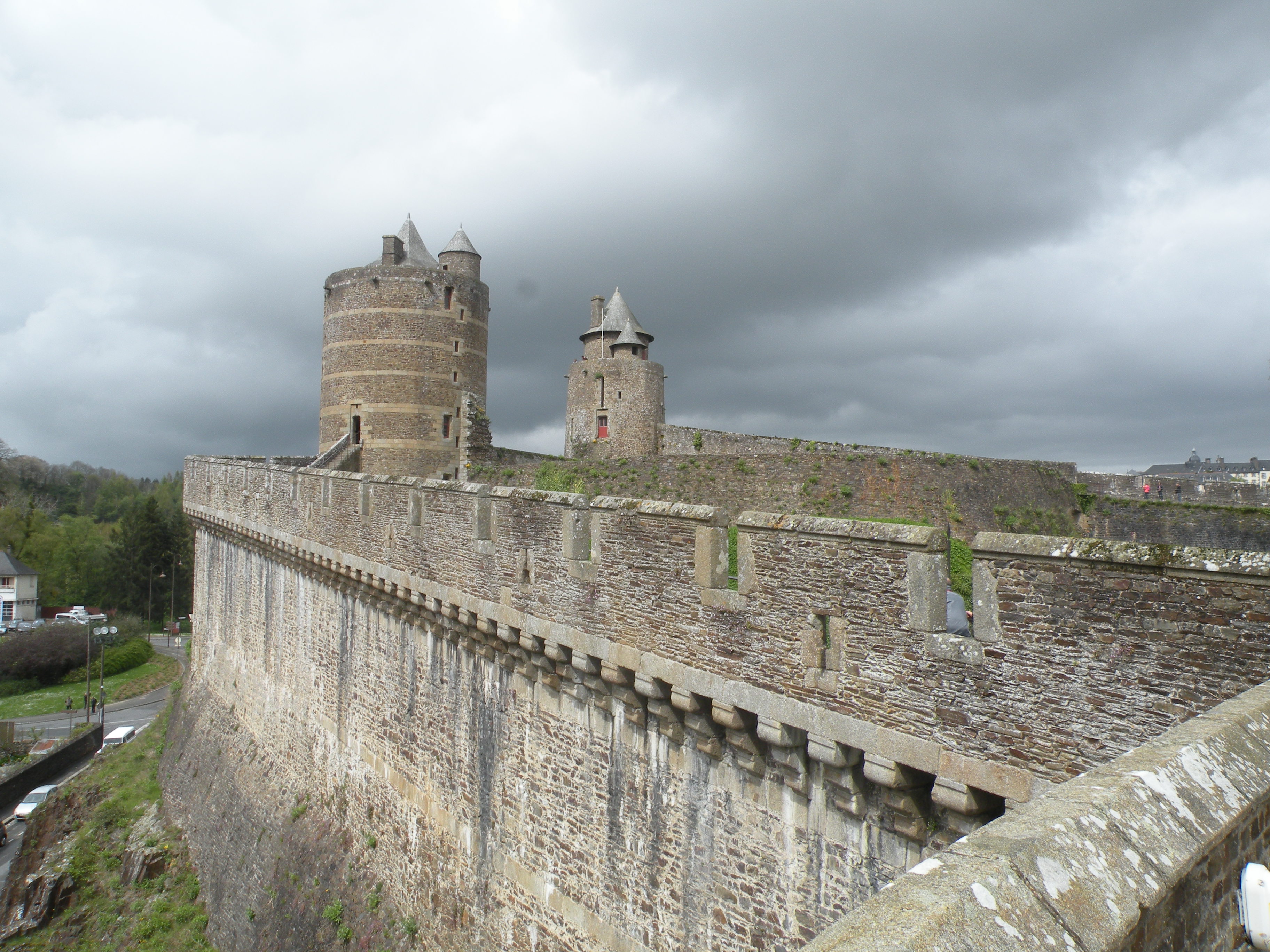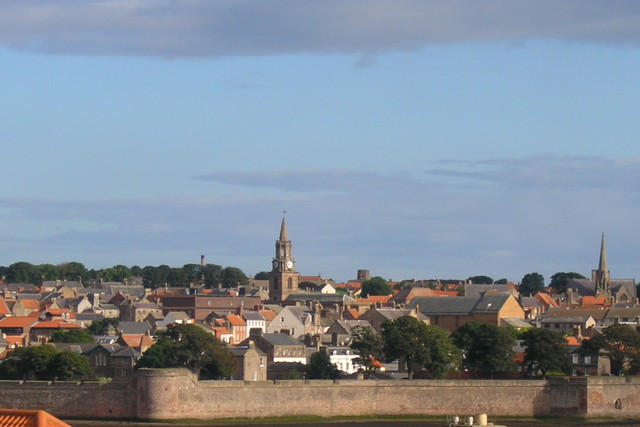Castle walls on:
[Wikipedia]
[Google]
[Amazon]
 A curtain wall is a defensive wall between two
A curtain wall is a defensive wall between two
 In medieval castles, the area surrounded by a curtain wall, with or without towers, is known as the bailey. The outermost walls with their integrated bastions and wall towers together make up the
In medieval castles, the area surrounded by a curtain wall, with or without towers, is known as the bailey. The outermost walls with their integrated bastions and wall towers together make up the
 The introduction of gunpowder made tall castle walls vulnerable to fire from heavy
The introduction of gunpowder made tall castle walls vulnerable to fire from heavy
 A curtain wall is a defensive wall between two
A curtain wall is a defensive wall between two fortified tower
A fortified tower (also defensive tower or castle tower or, in context, just tower) is one of the defensive structures used in fortifications, such as castles, along with curtain walls. Castle towers can have a variety of different shapes and fu ...
s or bastions of a castle, fortress, or town.
Ancient fortifications
Evidence for curtain walls or a series of walls surrounding a town or fortress can be found in the historical sources from Assyria and Egypt. Some notable examples are ancientTel Lachish
Lachish ( he, לכיש; grc, Λαχίς; la, Lachis) was an ancient Canaanite and Israelite city in the Shephelah ("lowlands of Judea") region of Israel, on the South bank of the Lakhish River, mentioned several times in the Hebrew Bible. Th ...
in Israel and Buhen
Buhen ( grc, Βοὥν ''Bohón'') was an ancient Egyptian settlement situated on the West bank of the Nile below (to the North of) the Second Cataract in what is now Northern State, Sudan.
It is now submerged in Lake Nasser, Sudan; as a resu ...
in Egypt. Curtain walls were built across Europe during the Roman Empire
The Roman Empire ( la, Imperium Romanum ; grc-gre, Βασιλεία τῶν Ῥωμαίων, Basileía tôn Rhōmaíōn) was the post- Republican period of ancient Rome. As a polity, it included large territorial holdings around the Mediter ...
; the early 5th century Theodosian Walls
The Walls of Constantinople ( el, Τείχη της Κωνσταντινουπόλεως) are a series of defensive stone walls that have surrounded and protected the city of Constantinople (today Istanbul in Turkey) since its founding as the ...
of Constantinople
la, Constantinopolis ota, قسطنطينيه
, alternate_name = Byzantion (earlier Greek name), Nova Roma ("New Rome"), Miklagard/Miklagarth (Old Norse), Tsargrad ( Slavic), Qustantiniya ( Arabic), Basileuousa ("Queen of Cities"), Megalopolis ( ...
influenced the builders of medieval castles many centuries later.
Curtain wall castles
enceinte
Enceinte (from Latin incinctus: girdled, surrounded) is a French term that refers to the "main defensive enclosure of a fortification". For a castle, this is the main defensive line of wall towers and curtain walls enclosing the position. Fo ...
or main defensive line enclosing the site.
In medieval designs of castle and town, the curtain walls were often built to a considerable height and were fronted by a ditch
A ditch is a small to moderate divot created to channel water. A ditch can be used for drainage, to drain water from low-lying areas, alongside roadways or fields, or to channel water from a more distant source for plant irrigation. Ditches ar ...
or moat to make assault difficult. Walls were topped with battlements
A battlement in defensive architecture, such as that of city walls or castles, comprises a parapet (i.e., a defensive low wall between chest-height and head-height), in which gaps or indentations, which are often rectangular, occur at interva ...
which consisted of a parapet
A parapet is a barrier that is an extension of the wall at the edge of a roof, terrace, balcony, walkway or other structure. The word comes ultimately from the Italian ''parapetto'' (''parare'' 'to cover/defend' and ''petto'' 'chest/breast'). ...
, which was generally crenellated with merlon
A merlon is the solid upright section of a battlement (a crenellated parapet) in medieval architecture or fortifications.Friar, Stephen (2003). ''The Sutton Companion to Castles'', Sutton Publishing, Stroud, 2003, p. 202. Merlons are sometimes ...
s to protect the defenders and lower crenels or embrasure
An embrasure (or crenel or crenelle; sometimes called gunhole in the domain of gunpowder-era architecture) is the opening in a battlement between two raised solid portions (merlons). Alternatively, an embrasure can be a space hollowed out ...
s which allowed them to shoot from behind cover; merlons were sometimes pierced by loopholes or arrowslit
An arrowslit (often also referred to as an arrow loop, loophole or loop hole, and sometimes a balistraria) is a narrow vertical aperture in a fortification through which an archer can launch arrows or a crossbowman can launch bolts.
The interio ...
s for better protection. Behind the parapet was a wall walk
A ''chemin de ronde'' ( French, "round path"' or "patrol path"; ), also called an allure, alure or, more prosaically, a wall-walk, is a raised protected walkway behind a castle battlement.
In early fortifications, high castle walls were difficu ...
from which the defenders could fight or move from one part of the castle to another. Larger curtain walls were provided with mural passages or galleries built into the thickness of the walls and provided with arrowslits. If an enemy reached the foot of the wall, they became difficult to see or shoot at directly, so some walls were fitted with a projecting wooden platform called a hoarding
Hoarding is a behavior where people or animals accumulate food or other items.
Animal behavior
''Hoarding'' and ''caching'' are common in many bird species as well as in rodents. Most animal caches are of food. However, some birds will a ...
or brattice. Stone machicolations performed a similar function.Hull 2006, pp. 66-67
Early modern fortifications
 The introduction of gunpowder made tall castle walls vulnerable to fire from heavy
The introduction of gunpowder made tall castle walls vulnerable to fire from heavy cannon
A cannon is a large- caliber gun classified as a type of artillery, which usually launches a projectile using explosive chemical propellant. Gunpowder ("black powder") was the primary propellant before the invention of smokeless powder ...
, which prompted the ''trace italienne
A bastion fort or ''trace italienne'' (a phrase derived from non-standard French, literally meaning ''Italian outline'') is a fortification in a style that evolved during the early modern period of gunpowder when the cannon came to domin ...
'' style from the 16th century. In these fortifications, the height of the curtain walls was reduced, and beyond the ditch, additional outworks such as ravelins and tenaille
A tenaille (archaic tenalia) is an advanced defensive-work, in front of the main defences of a fortress, which takes its name from resemblance, real or imaginary, to the lip of a pair of pincers. It is "from French, literally: tongs, from Late ...
s were added to protect the curtain walls from direct cannonading.
See also
* Bawn *Enceinte
Enceinte (from Latin incinctus: girdled, surrounded) is a French term that refers to the "main defensive enclosure of a fortification". For a castle, this is the main defensive line of wall towers and curtain walls enclosing the position. Fo ...
*Rampart
Rampart may refer to:
* Rampart (fortification), a defensive wall or bank around a castle, fort or settlement
Rampart may also refer to:
* "O'er the Ramparts We Watched" is a key line from "The Star-Spangled Banner", the national anthem of the ...
Notes
References
* * * * *External links
* Castle architecture Types of wall Fortification (architectural elements) {{architecture-stub